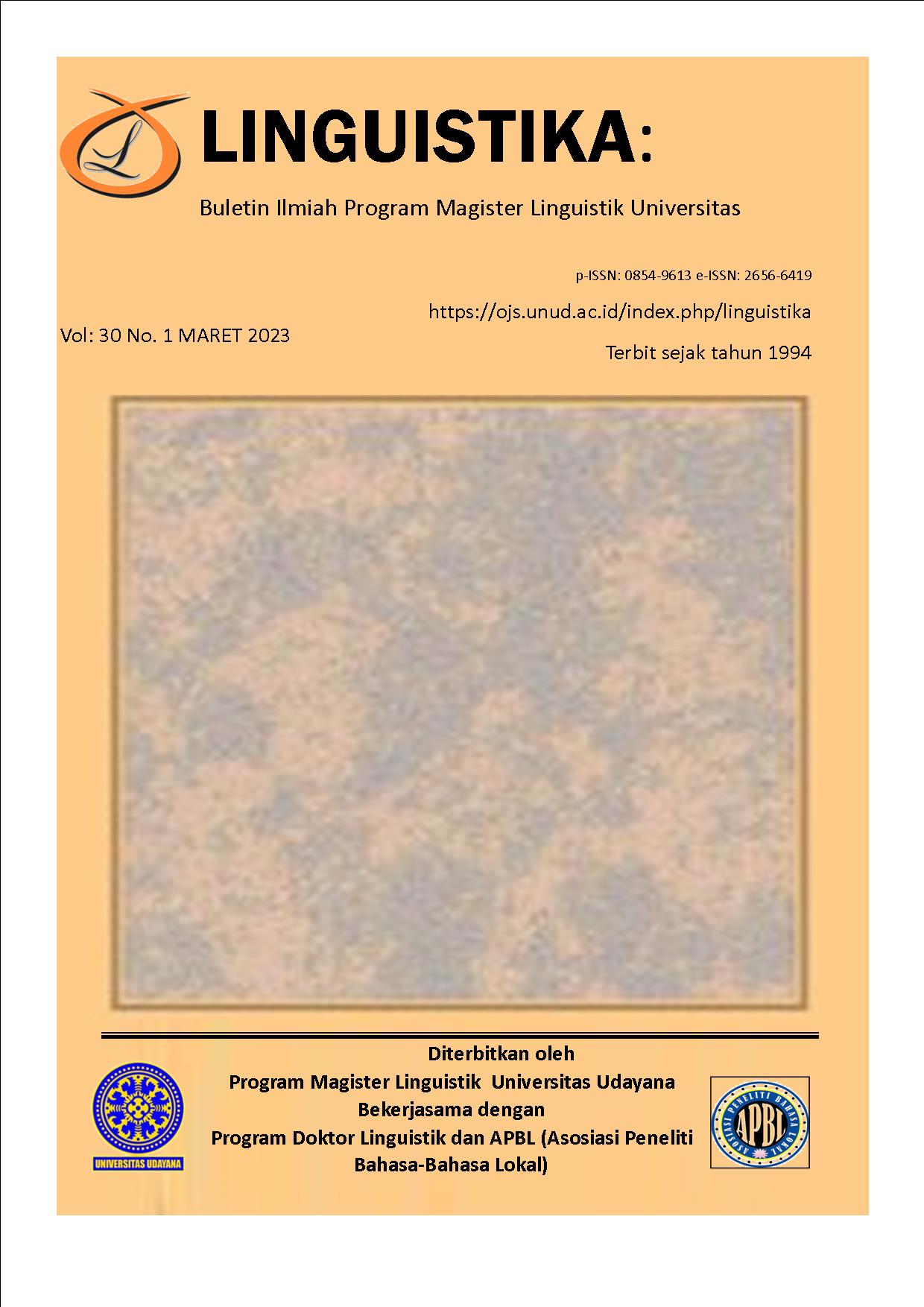Translation Methods And Techniques Applied In English Exposition Texts Into Indonesia
Abstract
The aims of this study are (1) to describe the translation method adopted by the translator in translating the exposition text, (2) to formulate the translation techniques applied in translating the expository text in the order of words, phrases, clauses, and sentences into Indonesian from English by applying translation procedures according to Molina and Albir (2002). This research uses a descriptive – qualitative approach with a case study design that is oriented towards the translation product. The data sources in this study are the document and exposition text “When Being Overweight Is a Health Problem” which was reviewed by Mary L. Gavin, MD and reviewed in 2018 as the object of the study, and the results of the translation from English which are summarized in this research data are in the form of words, phrases, clauses and sentences of expository texts and their translations. Research data was collected by document analysis and analyzed by interactive analysis method. The research findings are as follows, first, seven translation methods are applied in translating expository texts, namely the word-for-word method, the faithful method, the semantic method, the adaptation method, the independent method, the idiomatic method, and the communicative method. Second, eight translation techniques are applied in translating expository texts, namely literal techniques, pure borrowing, natural borrowing, calque, transposition, modulation, omission and addition. Based on the frequency of use, the literal technique ranks first, followed by natural borrowing, pure borrowing, transposition, calque, modulation, omission, and addition techniques. Theoretically, literal, pure borrowing, natural borrowing, and calque techniques are oriented to the source language while transposition, modulation, omission, and addition techniques are oriented to the target language.
Keywords: translation technique, translation method, exposition text













